Why integrate the Serval Mesh with the Outernet.is service?
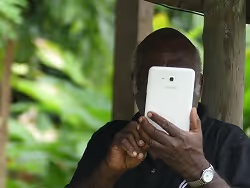
Access to information is critical if we are to reduce the suffering and destruction caused by natural disasters and other extreme events. Consider, for example, a remote Pacific Island village: their location means that they are exposed to cyclones and tsunamis, but most likely lack timely means of receiving information from the outside world.
Tsunami and cyclone warnings can be given hours to days in advance, which can dramatically reduce the impact of these events. In both cases, lives can be saved, and the information required is very simple. So simple in fact, that it can probably fit into a couple of tweets or SMS messages. The problem then becomes how to ensure that people in such communities receive the messages. We see three main problems:
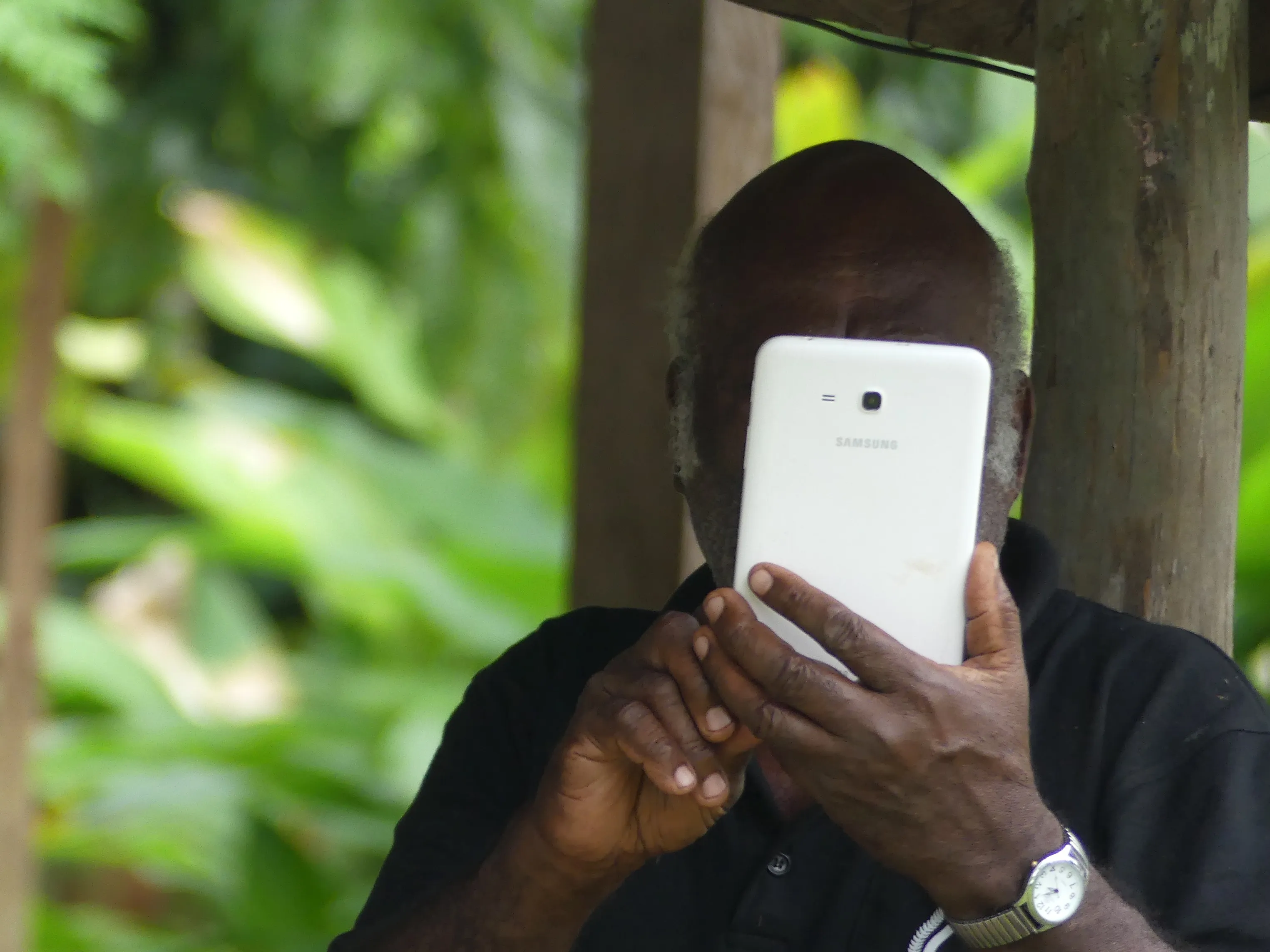
First, at least some people in such a community need to have a mobile phone. While this is becoming less of a problem, it can still be an issue in more remote areas, where they have no mobile telephone service. However, smart phones and tablets are still useful for taking photos, for playing games, and acting as personal digital libraries, so some people have them anyway. The more uses these devices can have for such communities, they more they will value them, and thus be more likely to own them. Providing generally useful information, like weather forecasts, as well as early-warning of extreme events can encourage people to have a phone.
Second, people need to have their mobile phones turned on to receive messages. This means that they need some way to charge their mobile devices. In practice, for these remote communities, this means solar or other off-grid power options. However, the limited amount of power that can be provided means that people tend to keep their devices turned off most of the time, so that they have power when they need it. This means that we need some way of alerting people to the need to turn their mobile phones on, so that they can receive important information.
Third and finally, we need some way of getting the information into these communities from the outside world, as cellular service is not available to these remote communities. Countries who used to run a short-wave radio service that could reach many of these communities have in many cases ceased transmission, as is the case with Australia. Satellite phones are too expensive, and require too much power to keep turned on. The same argument applies to satellite internet. In fact, having any end-user cost is undesirable, because of the barriers it places. Also, the equipment involved is often too expensive.
So taking all the above into consideration, we believe it will be transformative if we can create a means of injecting important and useful information into communities living in very remote locations, so that this profound digital divide behind which they live can be eased, lives saved, and livelihoods improved.
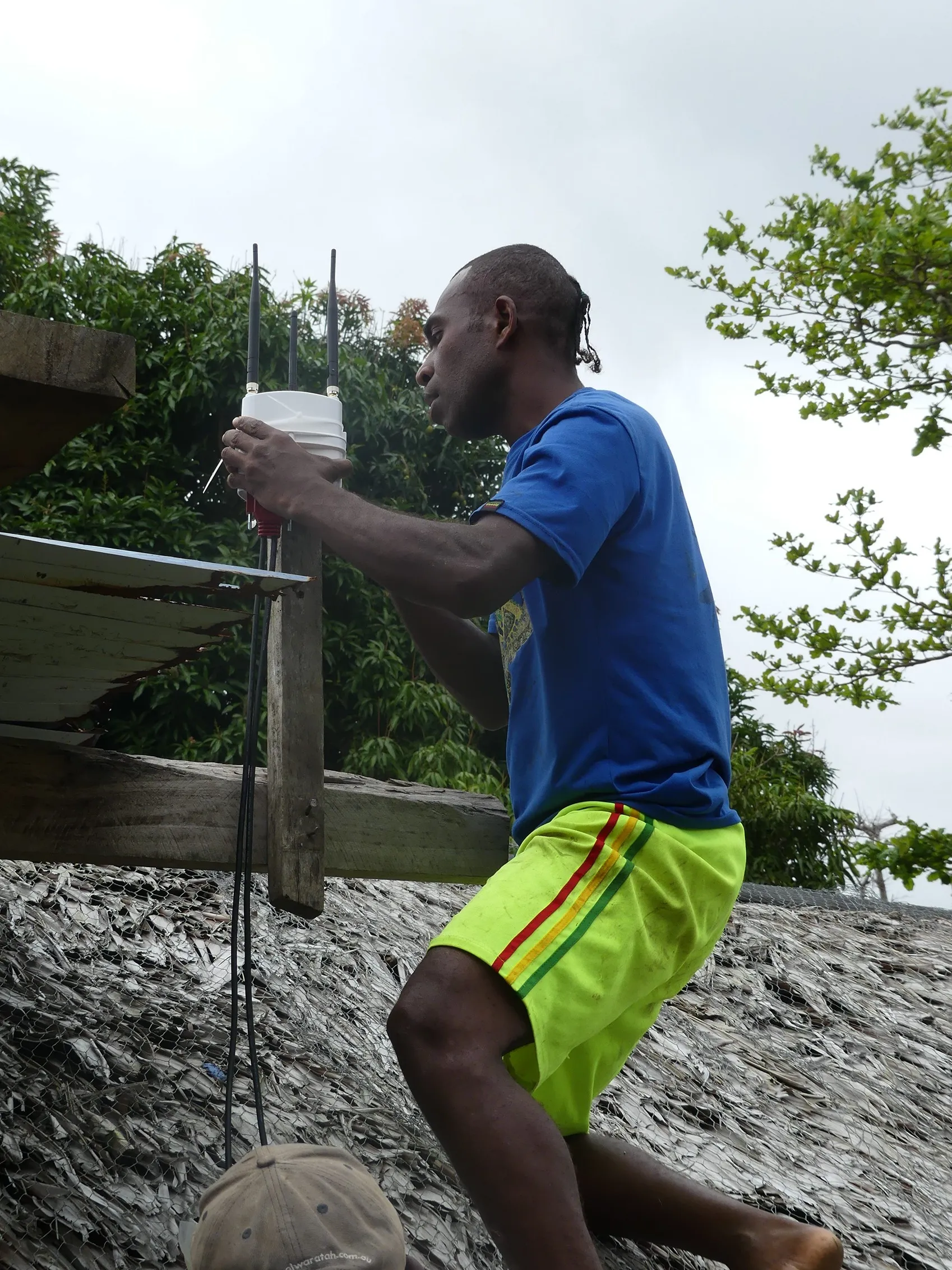
This is exactly the purpose of this project: we are taking the Serval Mesh and Serval Mesh Extender device -- which allows communications within a community, free of charge, and without any reliance on cellular networks, internet or other external infrastructure – and integrating it with a low-cost satellite receiver system produced by Outernet. What makes the Outernet device different from other satellite communications systems is that it is very cheap (< US$100), very small and light (< 300g), and operates as a completely free-to-receive broadcast service. The receivers also only need to be pointed rather approximately towards the satellite to operate, making them much more resilient in locations where cyclones and high winds can easily knock a dish out of alignment. The only operating costs are the fees payable to Outernet for injecting information into the system on a global basis. Their charge of approximately US$300/MB, which is too high for internet usage, equates to only US$0.30/KB, and thus a tweet or SMS-like message can be sent to all recipients for about the same cost as sending an SMS via a cellular network.
All this means that the end users don’t have to pay a cent to use it, and that the cost of a broad deployment is much more scalable and appropriate than anything that currently exists – especially when trying to service remote villages with perhaps only 50 – 500 people living in them. By combining their receiver with the Serval Mesh, it will become possible – for the first time – to be able to send public information, and also limited volumes of private messages (encrypted so that only the intended recipient can read them) to people living almost anywhere on the surface of the earth.
The specific goal of this project is to create a proof-of-concept that demonstrates that this capability is feasible using only low-cost equipment, and that it can work in a representative isolated location in the Pacific Ocean. For practical reasons, we are combining this with our existing work in Vanuatu, where we have been piloting the Serval Mesh with the assistance of the Australian Department of Foreign Affairs and Trade, and expect to demonstrate the system in the first half of 2018.
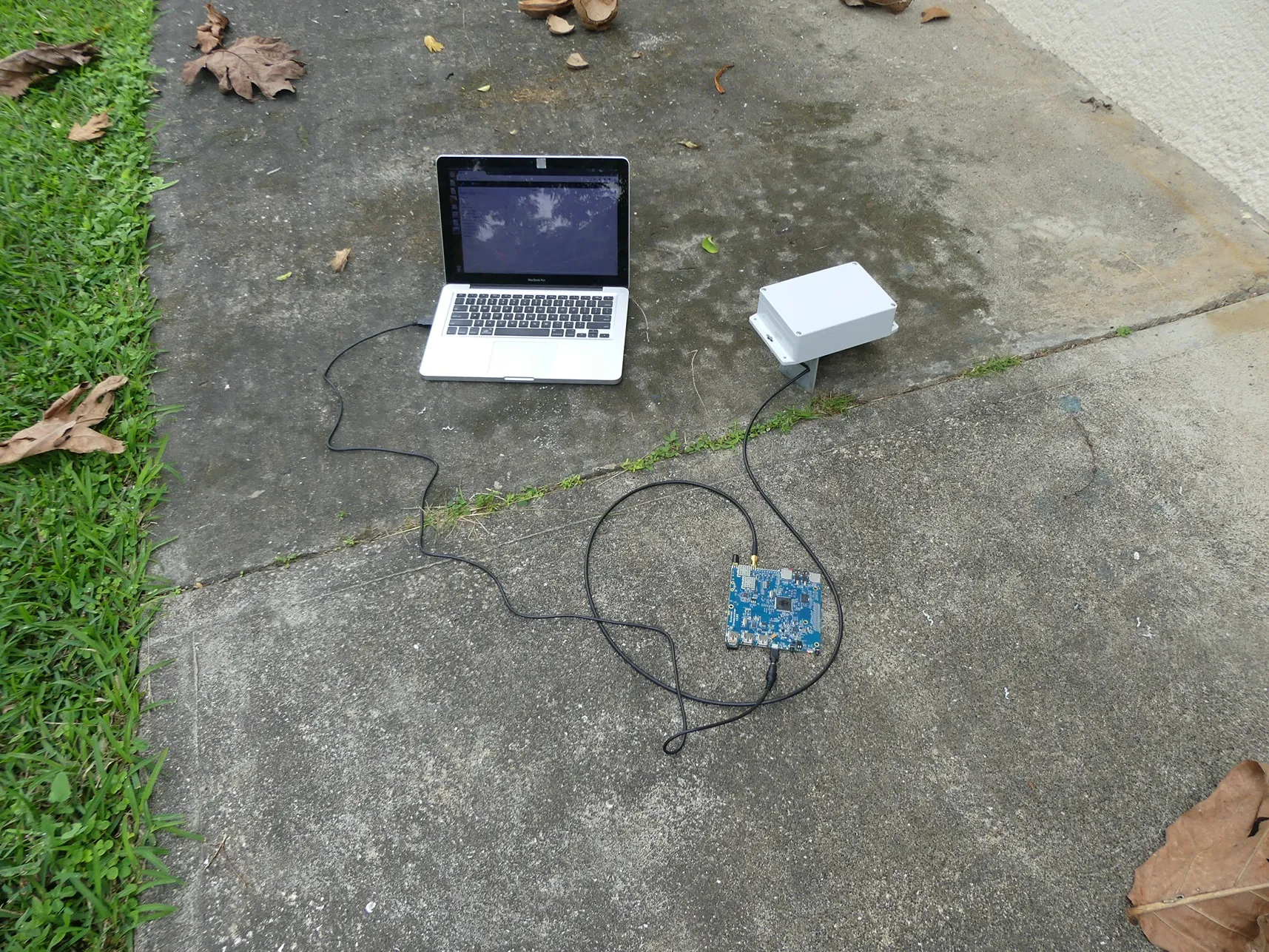
We have already obtained the necessary hardware, and are part way through assembling two demonstration units – one here in our laboratory in Australia, and the other in Vanuatu. Our next steps will be to complete the hardware assembly, and then move onto the main part of the work which is writing the software that receives the communications from the Outernet system, and injects them into the Serval Mesh, from where they can be delivered to all smart phones in the area. We will also add a siren to the hardware assemblies, so that high-important messages, such as a tsunami warning, can be signalled to villagers, even if their phones are off at the time. They can then turn their phones on and access the full text of the warnings via the Serval Mesh.
Stay updated
Sign up for our newsletter to receive regular updates on resources, news, and insights like this. Don’t miss out on important information that can help you stay informed and engaged.
Related articles


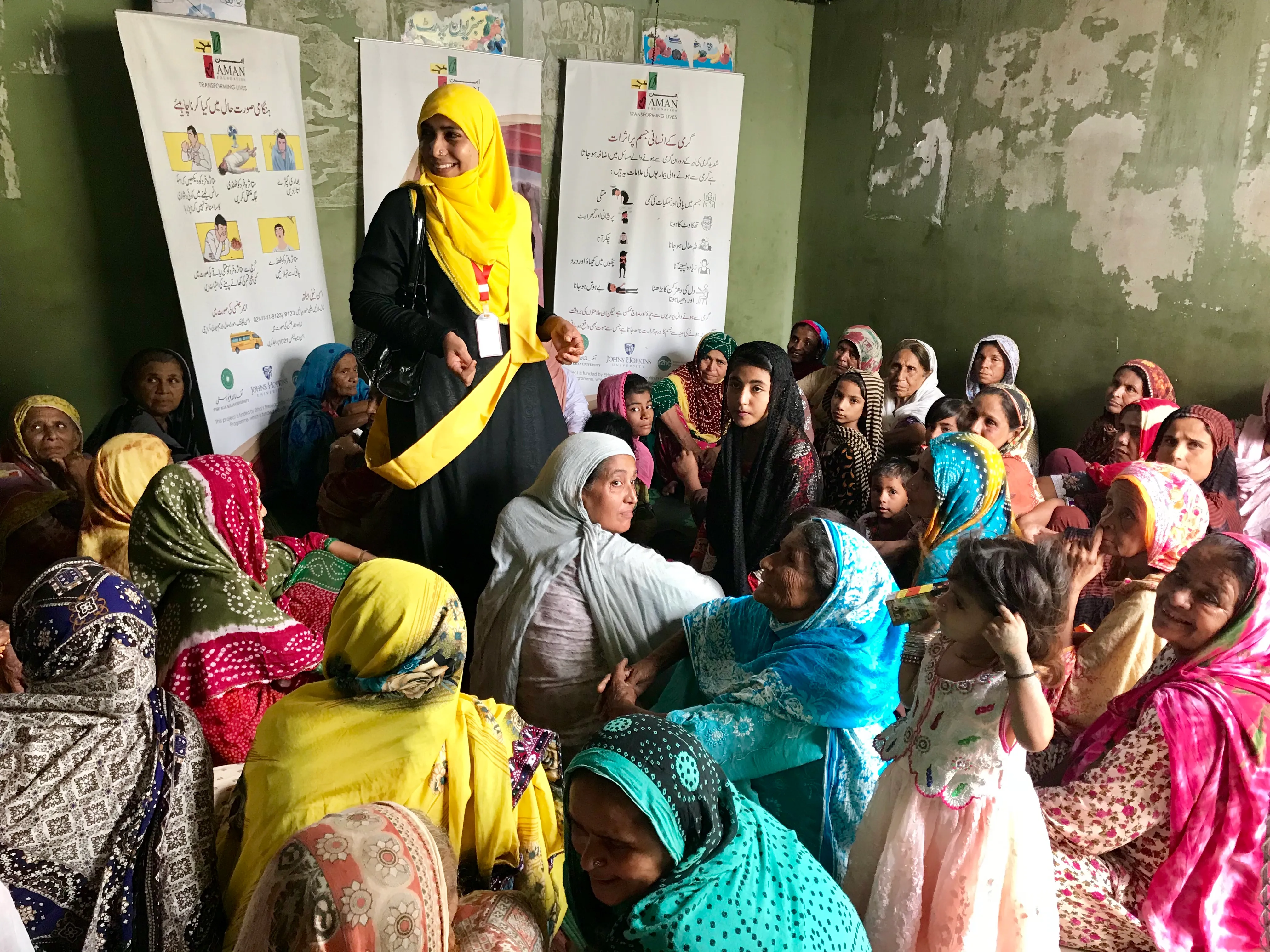
Explore Elrha
Learn more about our mission, the organisations we support, and the resources we provide to drive research and innovation in humanitarian response.